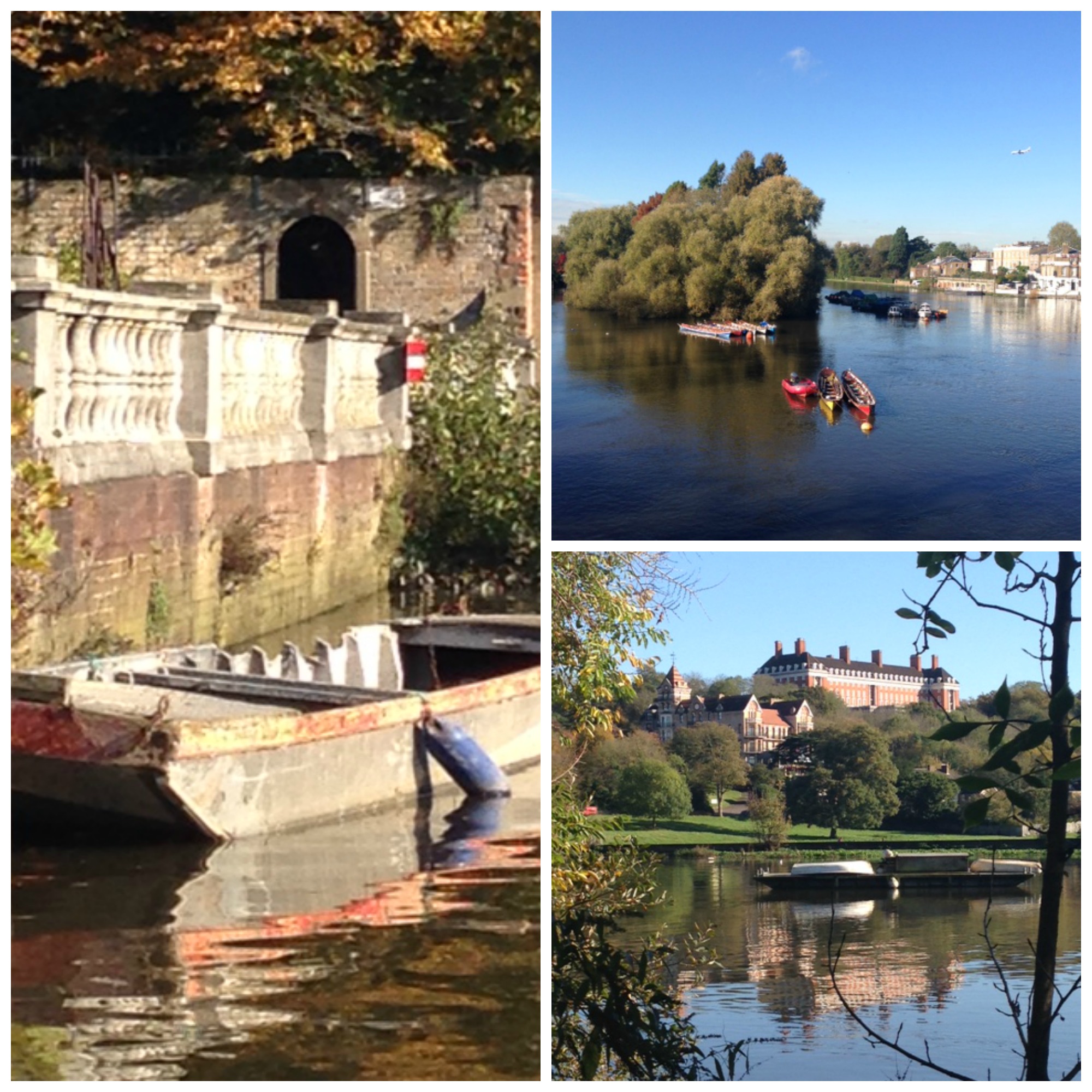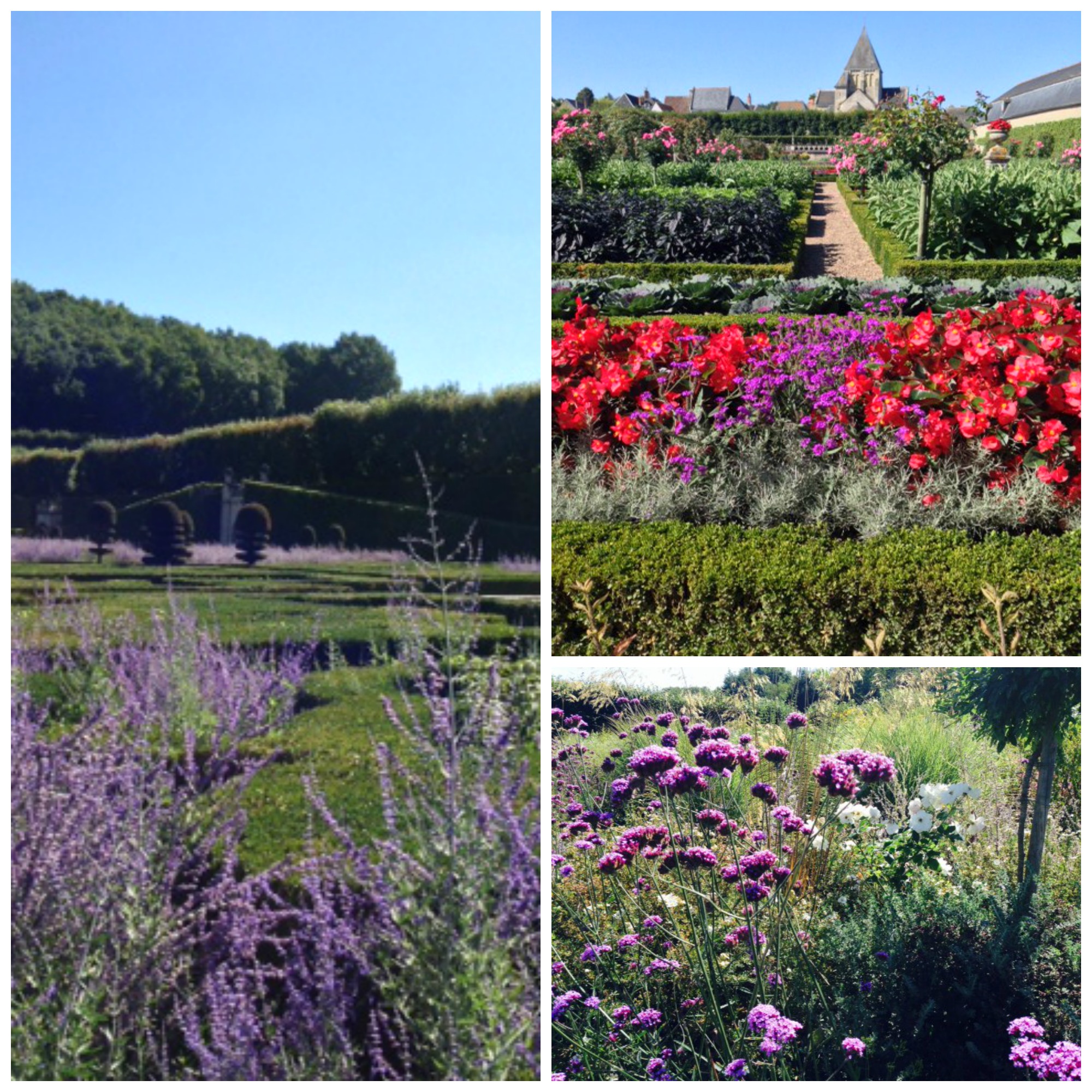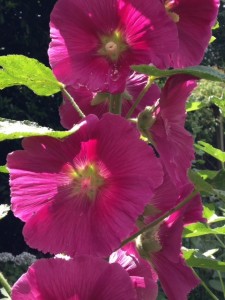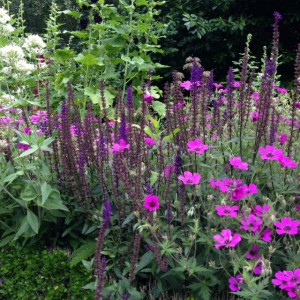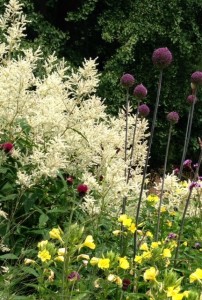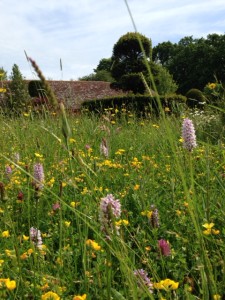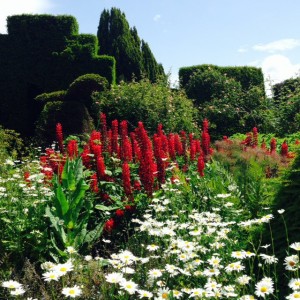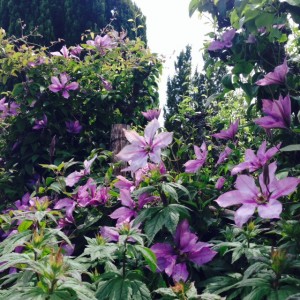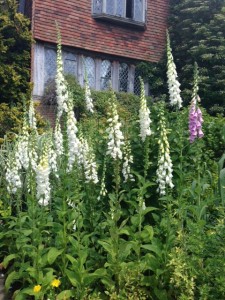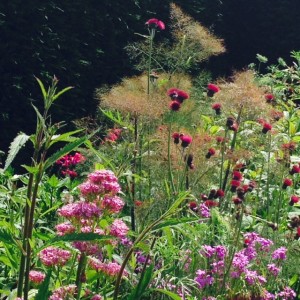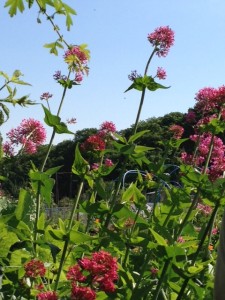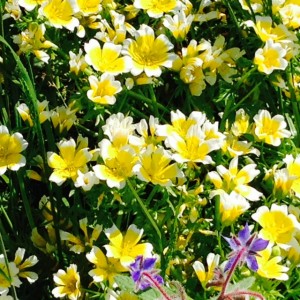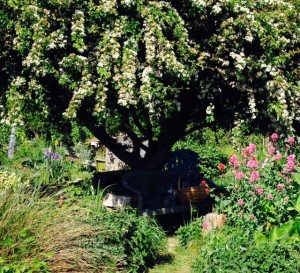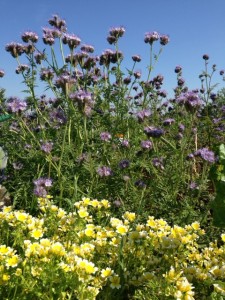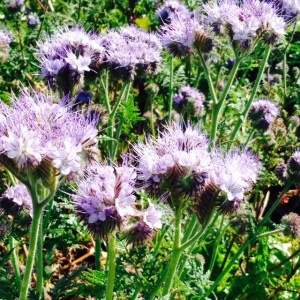This is one of my favourite London walks, taking you past picturesque Georgian town houses, secret gardens, grand stately homes, boats and meadows until you see the dramatic sight of Richmond in the distance.
I discovered this magical walk by accident when I was in Twickenham for an appointment. What had seemed like an annoying trek across London, turned into a delight on finding what lay beyond Twickenham high street.
Catching a glimpse of the Thames at the bottom of a side street I was drawn down and discovered just how pretty the riverside is. This is the oldest part of Twickenham with the beautiful St Mary church – Queen Anne with a much older medieval tower – cobbled streets and quaint 18th century buildings including an old museum and a theatre – it’s like something out of a Jane Austen novel.
You pass under a pretty bridge, which crosses into an intriguing waterfront garden with just the top of a classical Italian fountain visible. I later discovered the garden – York House Gardens – is open to the public – and is just as eccentric and secret as I’d imagined. When I visited I had the garden, scattered with Italian sculptures, all to myself.
You walk on past more picturesque Georgian houses, until you reach a nice old riverside pub, The Swan – with a floodable beer garden – a good place for a pit stop. Alternatively, if you fancy a coffee more than beer, there’s a cafe just a little further along at Orleans House Gallery, with gardens and a changing programme of exhibitions
The Thames starts to feel very rural here, with cow parsley lining the banks and avenues of trees, trailing their branches into the Thames. You could either carry on to Richmond where you’ll see the striking Marble Hill House on the left, its perfect Palladian facade sitting in a huge stretch of green lawns. Owned by English Heritage the lawns are open to the public and are perfect for picnicking on.
Alternatively cross the river, for £1 by ferry to visit the elegant 17th stately home, Ham House, owned by the National Trust, just visible between the trees.
Another possible detour is Petersham Nurseries – lunch amongst the plants and water fountains. Then on to Richmond past the buttercups of Petersham meadows with cows grazing on your right and the Imposing Royal Star and Garter building of Richmond in the distance.
Finally you’ll see the impressive sight of elegant Georgian terraces of Richmond rising up on the distant grassy slopes and walk on until you come to Richmond Bridge. You could do the walk in the other direction of course – either way, its a winner!

